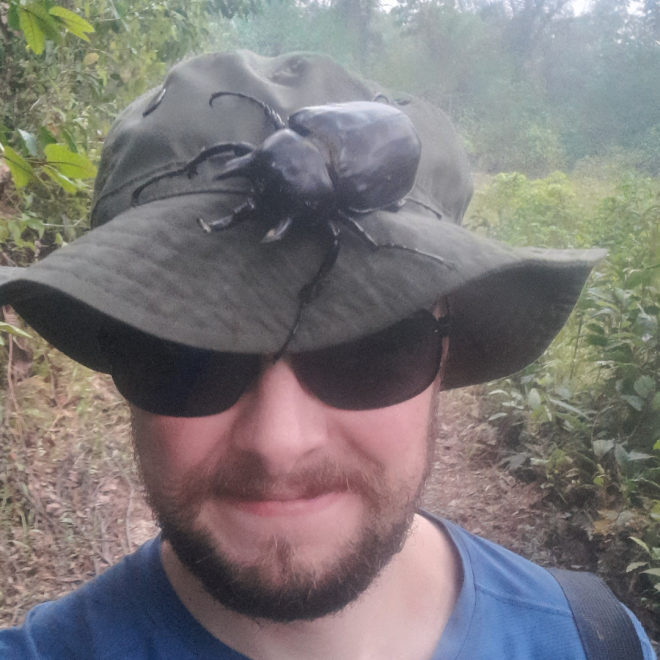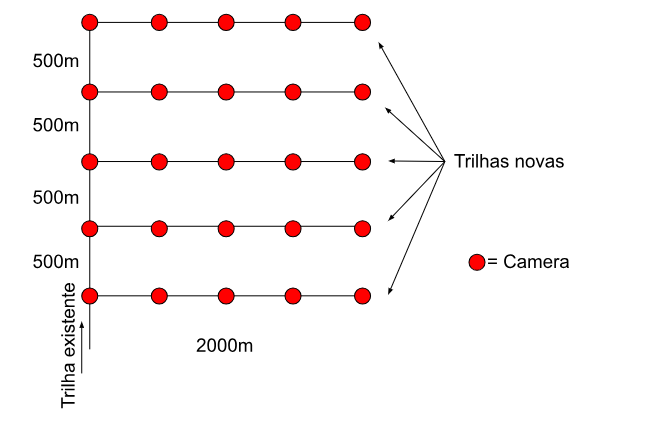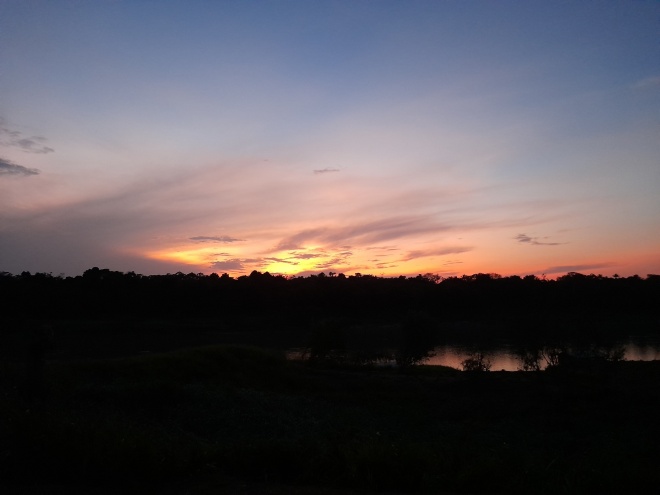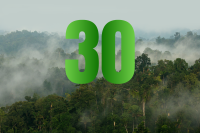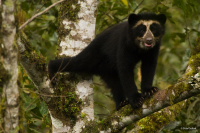Xavier Tobin, Rainforest Concern Biologist, Ecologist and self described weird bug enthusiast, has been deploying 50 camera traps deep in the Brazilian Amazon with Rainforest Concern and Instituto Juruá support. Although the local people have affectionately called him “O Gringo da Floresta”, in truth it is likely that he is the only ‘gringo’ in a 200 mile radius.
Xavier has worked on various projects with jaguars, giant otters, black caiman, arapaima, pink dolphin etc, including with National Geographic. Using camera traps, his current project will analyse how terrestrial animals use the Amazon Rainforest, move between different sections of the forest and when they do so. In doing so this study will improve understanding of Amazonian ecology. Application of this understanding will strengthen protection measures as they could be better designed for the species/habitats they are trying to protect. We have asked Xavier to give a brief account of the realities of fieldwork so deep in the Amazon Rainforest:

